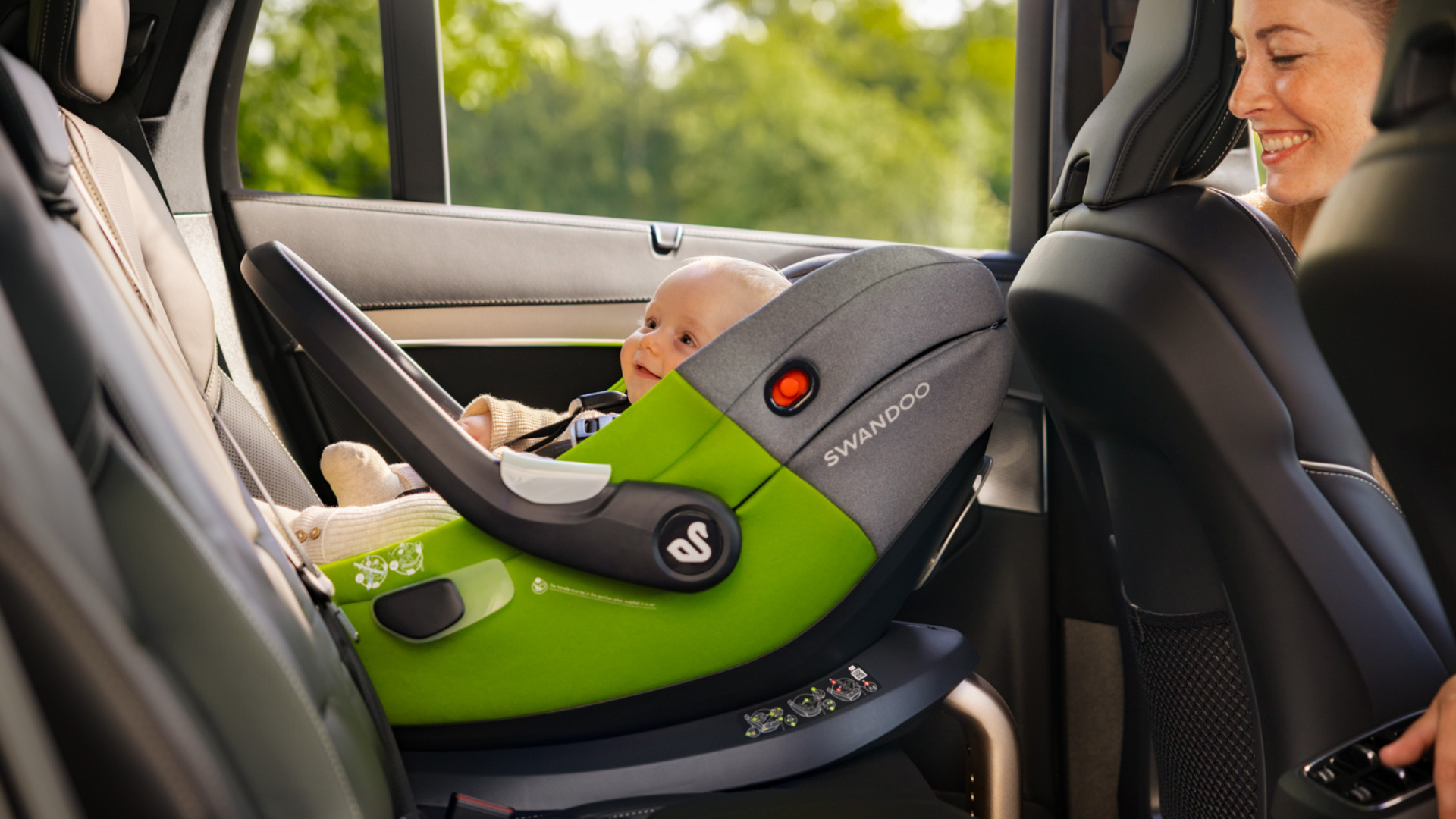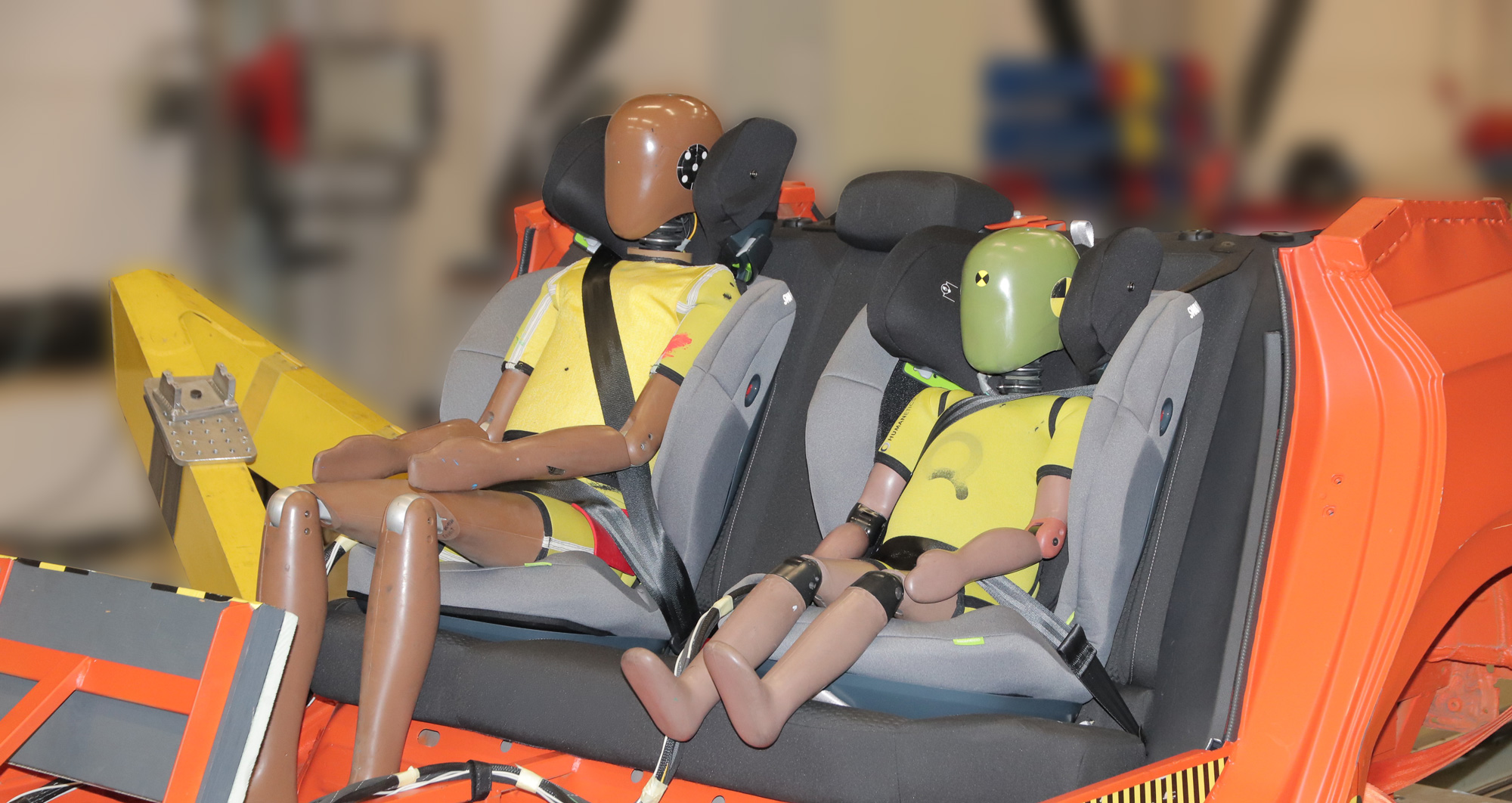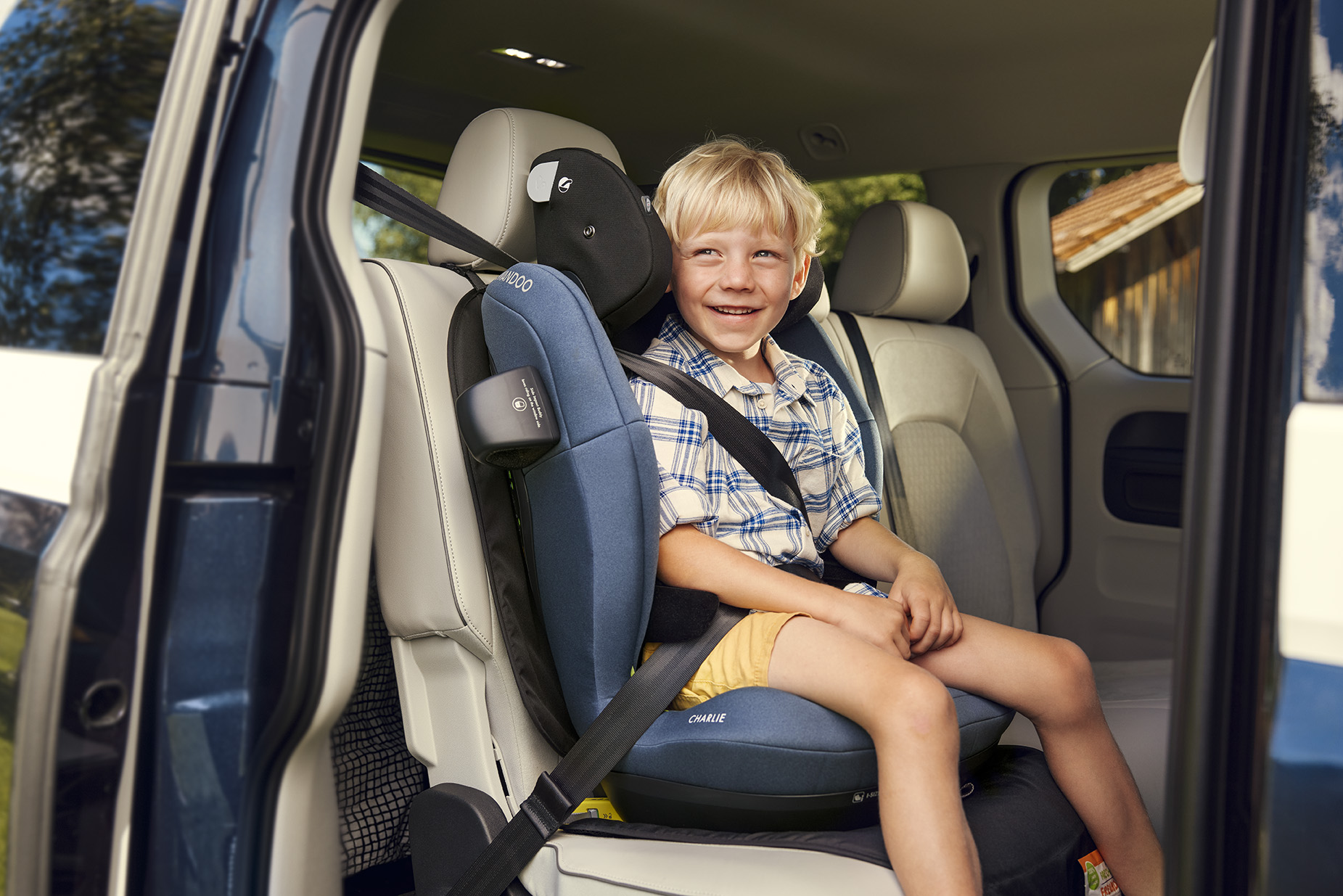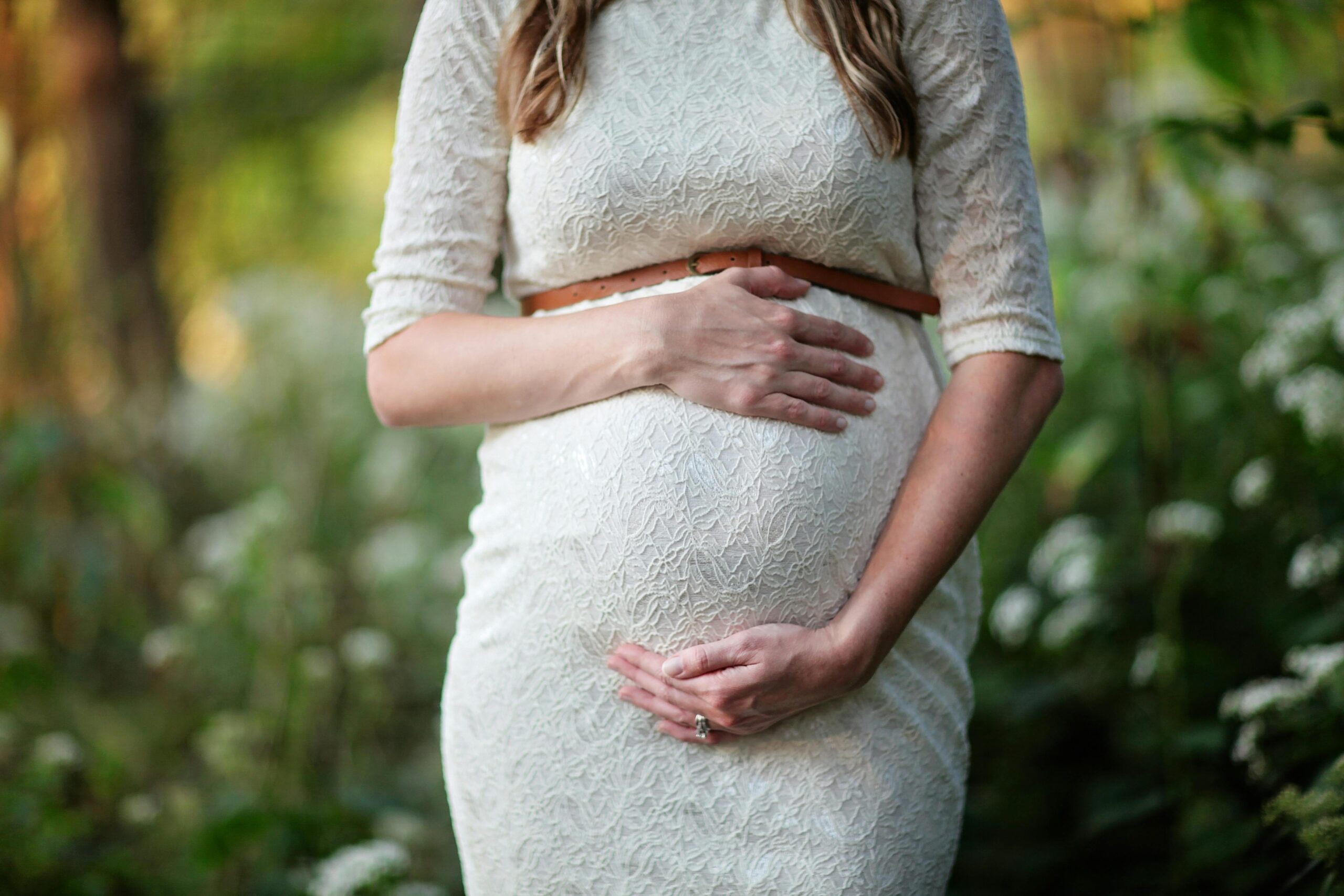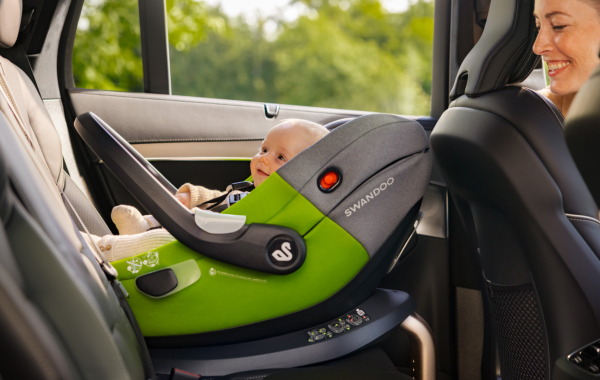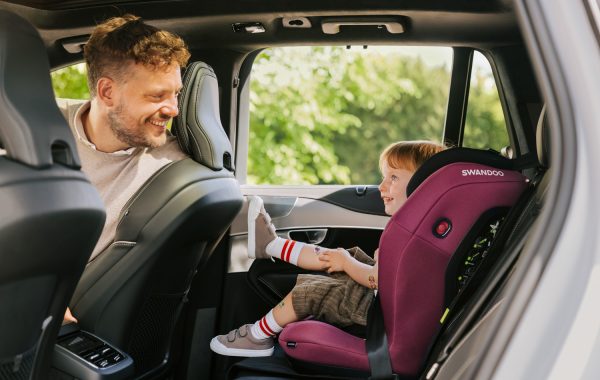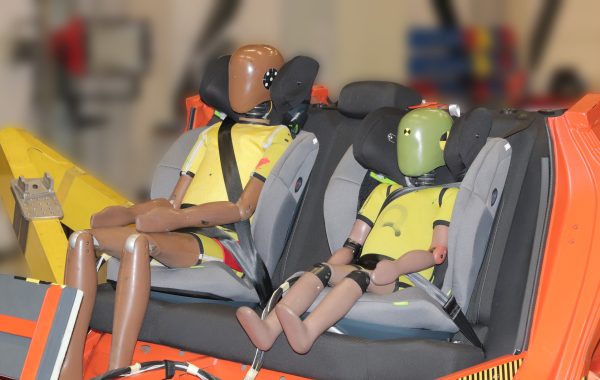As parents, we are constantly confronted with a million decisions about our little ones’ health, safety, and general well-being. Somewhere among choosing between breakfast cereals, evaluating the educational benefits of Peppa Pig, and agreeing on the “best-ways-to-stimulate-your-kid’s-creativity” lies, for many parents, also the concern over keeping your child safe while on the road.
Given the plethora of models, overlapping categories as well as various legal regulations, navigating the landscape of children’s car seats can be difficult. But we are here to help. In this guide, we take you through the different car seat stages and explain which seat is suited for which stage and when it’s time to change our child’s car seat.
What are the current regulations?
Don’t worry, this will not turn into a law lecture. It is, however, necessary to touch upon the most important car safety regulations when trying to find the optimal car seat for your little one.
Whether it’s the daily drop-off at kindergarten, the bi-weekly trip to the supermarket, or a visit to the grandparents once a month, a Child Restraint System (CRS) – the technical term for what is more commonly known as a children’s car seat – is mandatory for children up to a certain age and/or height. As this varies from country to country, check out this helpful link for more details.
Currently, there are two active safety regulations in the EU. All children’s car seats have to be either certified to the ECE R44.04 or the ECE R129 regulation. The former divides car seats into groups based on a child’s weight, whilst the latter, and newer regulation classifies seats depending on a child’s height. In addition, children are also required to ride rear-facing until the minimum age of 15 months. Get more insights with our guide on UN ECE and European car seat regulations.
Infant carriers
The go-to for new parents, infant carriers are a handy companion. They are typically used from birth for the first 12 to 18 months and are always installed rear-facing by either using an ISOFIX base or the vehicle’s seat belt. Thanks to their handle and relatively lightweight, it’s easy to carry your little one from the car to the house. In most cases, infant carriers can also be connected to a variety of strollers, allowing parents to move about without waking their sleeping beauties.
- Did you know that Albert’s ergonomic design makes the infant carrier one of the most comfortable seats for little ones? We’d ask them ourselves but they usually are asleep within minutes.
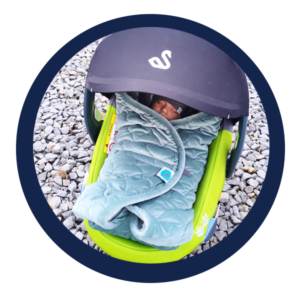
Toddler car seats
Once the little ones have outgrown their infant carriers, most parents opt for a toddler seat. Toddler seats can be both rear and/or forward-facing, and, depending on the height and/weight of your child, are used approximately from the age of one to four.
A popular option within this category is toddler seats that can be used from birth – such as our Marie. These ‘combination seats’ offer the ability to rotate, which means they can be used in both installation options.
- Marie’s integrated Child Direction Assistant ensures your child rides rear-facing until the minimum height of 76 cm. This helps parents avoid misuse and comply with the 15-month rear-facing regulations.
Whilst it is mandatory for children to travel rear-facing until the minimum age of 15-months, we recommend keeping your little ones rear-facing for as long as possible as it provides optimal protection for their developing bodies. Want to know more about it? Here’s why rear-facing child car seats are safer.
- Did you know Marie is one of the safest seats in the rear-facing position? Scoring five stars, our rotating car seat achieved the best possible rating in the rear-facing safety crash test by ADAC. Learn more about this excellent result le site.
Infant carrier vs toddler seat
Whether you start with an infant carrier or opt for a toddler seat that can be used from birth depends on your and your child’s needs. The clear benefit of a ‘combination seat’ is their larger age range. However, due to their design, toddler seats are usually heavier and don’t offer the convenient portable functions of infant carriers. If your child was born prematurely or is very small, we also recommend using an infant carrier.
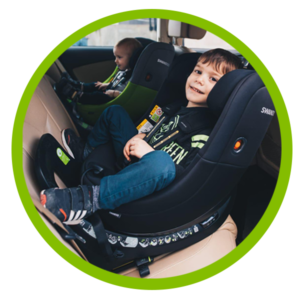
Booster Seats
Booster seats are often the third and final step in your child’s car seat journey. They are forward-facing and can typically be used from approximately 3.5 to 12 years, depending on your child’s height and/or weight.
In contrast to the previous categories, your child is fastened with the vehicle’s seat belt rather than a harness or impact shield. Some booster seats, also known as high-back boosters, offer an adjustable headrest whilst the side wings add an extra layer of protection in case of a side impact.
- Speaking of booster seats … we’ve been working on something very exciting. 😉 We can’t wait to share it with you, so please follow us on social media and sign up for our newsletter to be the first to know!
A quick note on multi-group car seats
As the name suggests, some car seats combine multiple stages, adapting to the needs of your growing child over many years. Some even span a period of up to 12 years. We understand the long age range might be tempting, but generally, we don’t recommend purchasing multi-group car seats. The more specific a car seat is, the better protection it provides for the child. If a car seat is built for a larger age range, not only do the levels of safety and comfort decline, but the possibility of breakage or manipulation increases over a long period of use.
Besides … have you ever worn the same winter coat for 12 years? Imagine how it would look after a few years of daily use, and now add children’s “slightly” messy tendencies – crumbs, smoothie spills, spit-ups, and sticky fingers, you name it. It’s clear why multi-stage seats are not the best idea when it comes to the test of time.
When is the right time to change your child’s car seat?
When choosing and upgrading your child’s car seat, it’s important to always consult the height and/or weight limits on the label and user manual of your seat.
As a rule of thumb, we recommend waiting until your child has reached the top limits of the current category before switching to a bigger seat. In some cases, however, your child’s upper body might have already outgrown the seat, despite not having reached its height limits yet. Keep an eye on your child’s head and ensure it doesn’t reach beyond the back of the car seat.
Long legs, on the other hand, are not a sign that the car seat is too small. When it comes to infant carriers or toddler seats, most children have no problem finding a comfortable position with their legs sticking out of the seat – even in a rear-facing position.
We hope this overview was helpful to wrap your head around the many car seat stages. For more info, you might also enjoy reading our top tips for choosing a children’s car seat on our blog.
